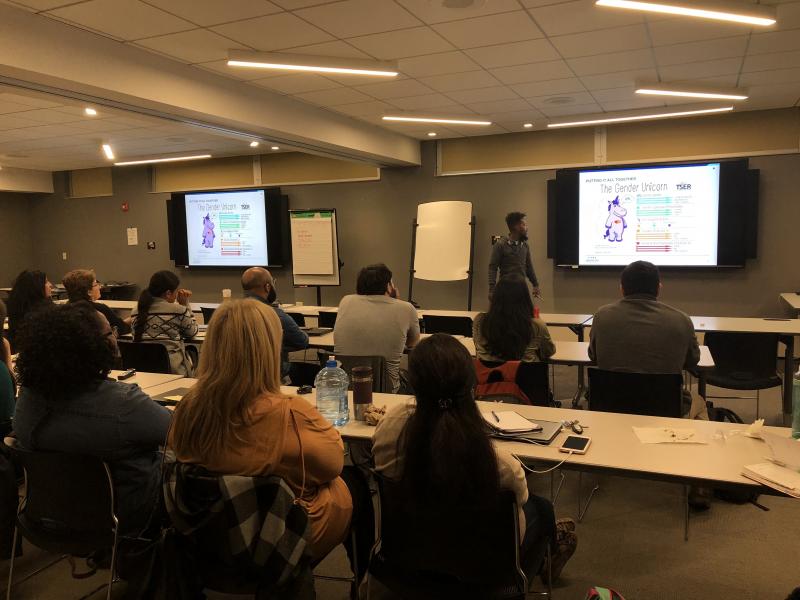Piecing Together the Puzzle of Health Disparity in Chicago

As a Benefit Outreach Coordinator at Chicago Public Schools (CPS), I assist families enrolling into Medicaid and Supplemental Nutrition Assistance Program (SNAP). The status of health insurance is often the first question a healthcare facility asks of patients, and is a key determining factor in whether a family seeks medical care or not. A lack of health insurance becomes a barrier to access of healthcare, and ultimately contributes to the inequality in health. Thus, access to healthcare has become a topic I deeply care about and what motivated me to serve with the National Health Corps. After less than two months, not only have I been able to see the impact of health disparity in the communities I serve, but I have also noticed the wider perpesctive and multiplicity of factors that all contribute to the health disparity in Chicago.
After receiving training on health disparities in Chicago during my Pre-Service Orientation for National Health Corps, I also went into different neighborhoods and shadowed Medicaid/SNAP enrollers as part of my host-site training. In addition, I joined the Medical Compliance team for two weeks to assist CPS in achieving their medical compliance target and further reach out to different neighborhoods. In the state of Illinois, students need to meet specific medical requirements, specifically physical exams and vaccination, in order to attend school. I learned that if students miss the deadline, they are not allowed to attend school until they meet the requirements. More recently, I also completed a training on Safe and Supportive Environments, in which I learned about the difficulties LGBTQ+ students may face in CPS and how to better support them.
These trainings and experiences gave me an insight in how various factors all add to the overall health disparity in Chicago. The neighborhoods of schools with lower medical compliance status are correlated with lower income and worse health measures. Talking to the parents who still had non-compliant students made me realize the root problem was the lack of health insurance and resources that direct them to low cost or free medical services. The impact of missing a couple days of school could have a far reaching impact than just losing the opportunities to learn. Additionally the challenges for LGBTQ students in schools make it harder for them to succeed in schools. The level of education and health are closely related, and play a crucial role in health outcomes and the health disparity in the community.
Although I had some previous exposure to the impact of health disparity from college and other volunteer experiences, the trainings provided by NHC and CPS are like extra pieces of a puzzle. When put together, all this information allows me to have a more complete picture of health disparities in Chicago. I feel more confident in my ability to help families as a Benefit Outreach Coordinator, have a deeper understanding of my role, and am more motivated than ever to keep chipping away at health disparities. I believe this education will be beneficial in my pursuit of a career in medicine and public health.
This blog post was written by NHC Chicago 2017-18 member Stephanie Liu.
Stephanie is a Benefit Outreach Coordinator at Chicago Public Schools Office of Student Health and Wellness.